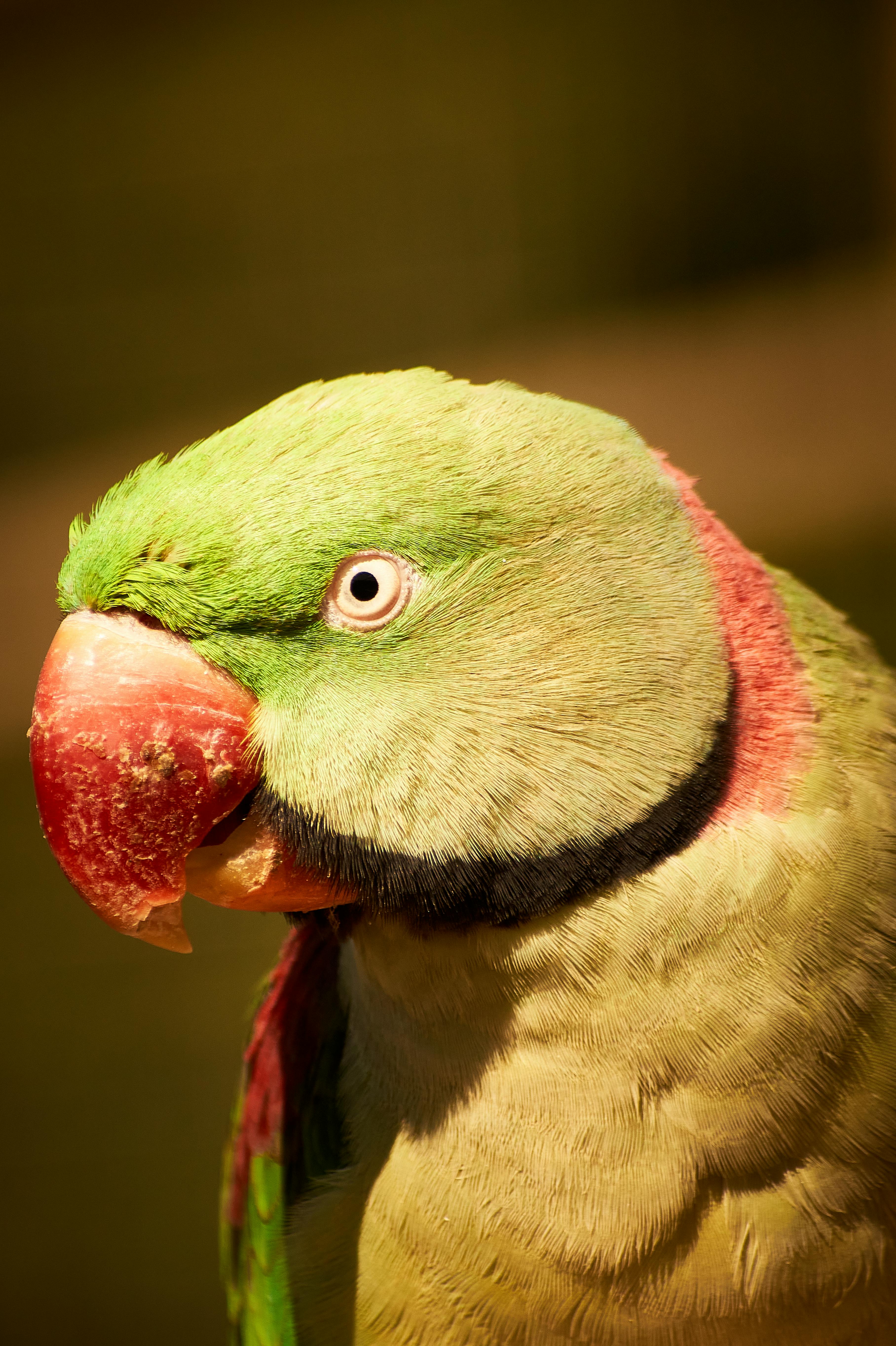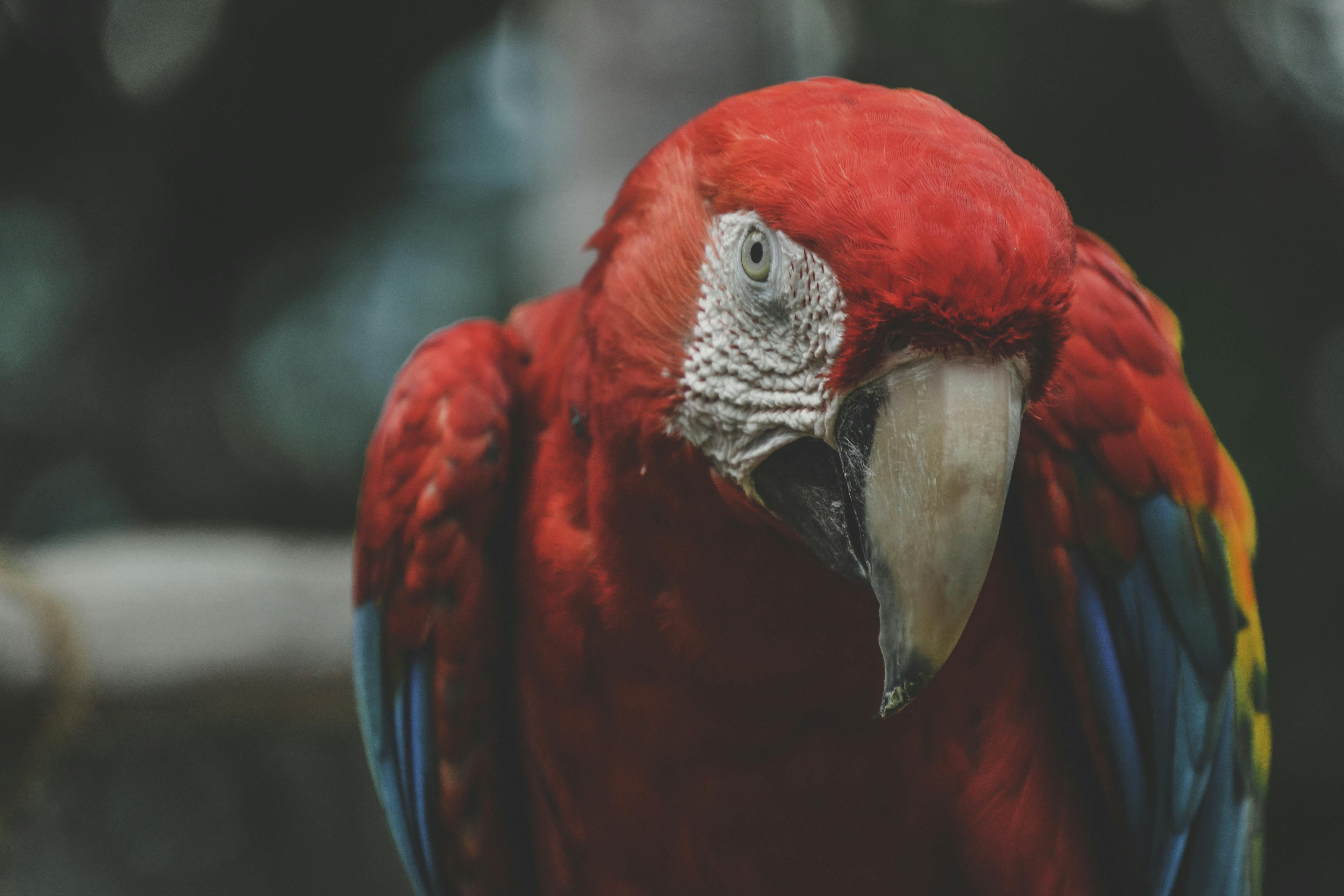Smart Ways to Train Your Red Crowned Parrot in 2025 for Improved Interaction

Effective Ways to Train Your Red Crowned Parrot in 2025 for Better Communication
Red crowned parrots, renowned for their intelligence and vibrant colors, are among the most popular pet birds among avian enthusiasts. They are part of the Amazon parrot family, which are beloved not just for their beauty but also for their capacity to form strong bonds with humans. Understanding how to properly train your red crowned parrot improves communication and enriches their lives. This comprehensive guide delves into effective training techniques and behaviors that foster a better relationship between you and your feathered friend.
This article will explore the unique characteristics of red crowned parrots, essential training methods, tips for enhancing communication, the importance of proper diet and habitat, and ways to ensure their overall health and welfare. By the end, you will have a thorough understanding of how to interact with your pet parrot effectively, enabling a fulfilling companionship.
Understanding the Red Crowned Parrot: Characteristics and Behavior
Before embarking on training, it’s essential to understand the unique characteristics and behavior of the red crowned parrot. Their playful and social nature makes them an excellent choice for families and individuals alike. Offering insight into their vocalization in parrots can enhance the training experience, as recognizing specific sounds can help signal what your parrot is feeling or needs.
Red Crowned Parrot Social Dynamics
Red crowned parrots are social birds that thrive on interaction with their human companions and other birds. Their instincts make them curious about their surroundings, encouraging both play and exploration. Social interaction in parrots also promotes their emotional well-being, making consistent bonding experiences essential for optimal behavior. In this atmosphere of engagement, your pet parrot is more likely to exhibit positive traits and communicate effectively.
Vocalizations in Red Crowned Parrots
Understanding parrot vocalizations is crucial for effective communication. Red crowned parrots are known for their ability to imitate sounds, including human speech. Observing red crowned parrot behavior can reveal their moods—whether they are excited or anxious—which can impact their training process. Recognizing these vocal cues not only enhances bonding but also aids in addressing any behavioral issues proactively.
Setting Up Ideal Environments for Training
Creating a parrot-friendly home environment is vital. An ideal habitat setup entails ample space for your red crowned parrot to fly and explore safely. Enclosure requirements for parrots should include enriching toys, natural perches, and interactive games. Additionally, by simulating wild habitats for parrots—such as incorporating different textures, colors, and sounds—you can stimulate their senses and readiness for training sessions.
Essential Training Techniques for Your Red Crowned Parrot
With a foundational understanding established, let's explore practical training techniques for your red crowned parrot. These methods support bonding and improve communication, enhancing your relationship with your pet bird.
Positive Reinforcement
Positive reinforcement is one of the most effective training techniques for birds. It involves rewarding desired behaviors with treats, praise, or playtime. This approach builds trust and encourages your red crowned parrot to repeat desired behaviors, ultimately making training sessions productive. Recognizing and celebrating your parrot's achievements can increase their motivation to learn further.
Step-by-Step Training Process
A structured training program is beneficial for both you and your parrot. For instance, start with simple commands such as “step up” to encourage your parrot to move onto your hand. Gradually introduce new commands, ensuring each session is short but engaging to prevent fatigue or boredom. Observing your parrot’s behavior throughout the session allows you to adjust the pace and techniques accordingly.
Common Training Mistakes to Avoid
Training parrots can be challenging if certain common mistakes are made. For instance, inconsistent commands can confuse your red crowned parrot, as can lengthy training sessions that lead to frustration. Additionally, failing to recognize signs of stress can disrupt progress. By being aware of these pitfalls, you can create a more effective training strategy tailored to your parrot's needs.
Enhancing Communication Through Play and Enrichment
Bonding activities not only enhance communication but also keep your red crowned parrot emotionally and mentally stimulated. Bird toys play a significant role in this, offering methods for socializing parrots and allowing them to engage in natural behaviors.
Choosing the Right Parrot Toys
Selecting the right toys for your red crowned parrot can encourage exploration and play. Look for interactive toys that challenge their intelligence, such as puzzle toys or foraging games. Incorporating variety in their playtime helps cater to their curious nature and can also lead to improved vocalization as they become more comfortable in their environment.
Bird Enrichment Ideas
Enrichment extends beyond toys and can include activities that mimic their natural behaviors such as foraging. Hiding treats in various areas will encourage your parrot to search and utilize their cognitive abilities, fostering a stimulating environment that leads to improved communication. Incorporating different materials (like paper, wood, and natural fibers) for these activities adds further engagement and excitement for your pet.
Building a Strong Bond Through Interaction
Consistency in interaction strengthens bonds—playing, talking, and spending quality time with your red crowned parrot shows them they're part of your family. Techniques such as training with a friend can further benefit your parrot as they adapt to various social dynamics, crucial for brain development and overall health.
Feeding Your Red Crowned Parrot for Improved Health and Communication
A balanced diet has a direct impact on your red crowned parrot's health and energy levels, which in turn affects their communication ability. Understanding the best parrot diet ensures your pet is not only healthy but also in the best state for training and socialization.
Essential Dietary Components
A healthy diet for a red crowned parrot should include a variety of seeds, pellets, fruits, and vegetables. Avian nutrition plays a significant role in maintaining optimal energy levels, which is essential for effective behavior and communication. Regularly assessing and adjusting their diet ensures your red crowned parrot remains healthy and engaged during training sessions.
Hydration and Its Importance
In addition to proper nutrition, keeping your red crowned parrot hydrated is crucial. Regularly changing their water and ensuring it is clean promotes overall health and reflects positively on their behavior. An adequately hydrated parrot is more alert and responsive, fostering a productive training atmosphere.
Signs of a Healthy Parrot
Knowing the signs of a healthy parrot can help detect potential issues early. Observing their activity levels, feather quality, and overall demeanor while engaging in pet care is essential. Recognizing these signs assists in ensuring your red crowned parrot remains in peak condition, allowing for more interactive and fruitful training sessions.
Promoting Avian Welfare and Conservation Efforts
By understanding the importance of avian welfare, you can ensure the well-being of your red crowned parrot while contributing to broader conservation efforts. This includes responsible parrot ownership practices that promote natural behaviors and support the health of both individual birds and wild populations.
Ethical Ownership and Adoption
Choosing to adopt rather than buy a parrot contributes positively to conservation efforts. Supporting parrot adoption enhances awareness of the challenges various bird species face, including red crowned parrots. By providing a loving home, you also give your parrot a chance to thrive in a nurturing environment.
Captive Breeding Considerations
Engaging in captive breeding with a focus on health and social behaviors can positively impact red crowned parrot conservation. Following established guidelines and working with professionals ensures that breeding practices promote the species' longevity and behavioral health.
Participating in Conservation Initiatives
Supporting local and international conservation efforts not only helps preserve wild parrot populations but also helps raise awareness about the ecological importance of red crowned parrots. Joining forums and participating in discussions about parrot behavior and welfare will keep you informed and involved in the greater conservation picture.
Q&A: Common Concerns About Training Red Crowned Parrots
How long does it take to train a red crowned parrot?
The duration of training can vary. Some parrots may learn quickly, while others may require more time and patience. Typically, noticeable improvements can be shown within a few weeks with consistent practice.
What are effective ways to bond with my parrot?
Engaging in playtime, talking, and offering treats can create strong bonding moments. Regular interaction is key to building this relationship.
Are there any specific foods to avoid in my parrot's diet?
Yes, avoid feeding avocados, chocolate, caffeine, and alcohol, as these can be toxic to parrots and impact their health adversely.
How do I know if my parrot is feeling stressed?
Signs of stress in parrots may include plucking feathers, excessive vocalization, and changes in appetite. Understanding parrot behavior can assist in addressing these issues.
Is it necessary to have multiple toys for my parrot?
Yes, providing several toys encourages engagement and prevents boredom, which is essential for your parrot’s mental and emotional well-being.
Conclusion
Training your red crowned parrot enhances communication and strengthens your bond. With a focus on proper training techniques, understanding their needs, and ensuring their health and happiness, you will create a thriving environment for your feathered friend. Emphasizing enrichment, a balanced diet, and social interaction allows for an unforgettable journey with your pet parrot, beyond mere ownership into a lifelong companionship.

